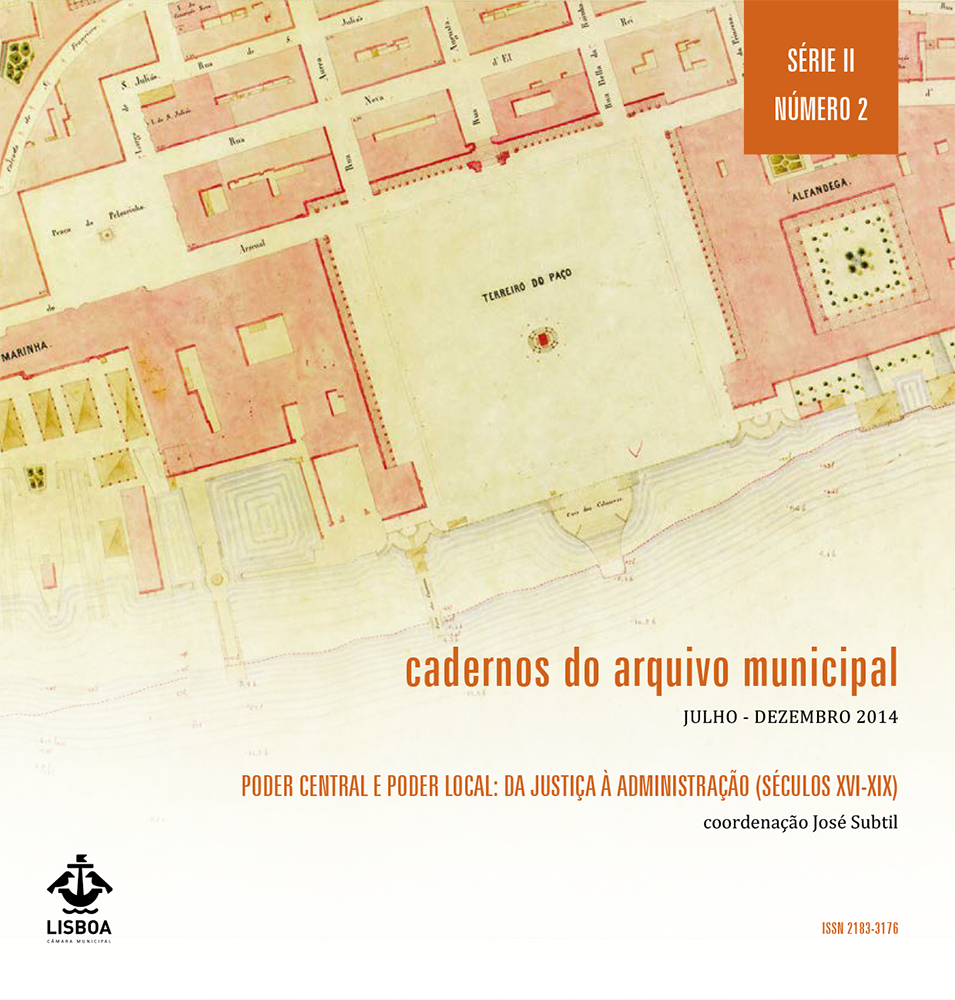Office employees in the transition to a modern administration of the State (1640-1834)
DOI:
https://doi.org/10.48751/CAM-2014-2287Keywords:
Office employees, Public servants, Institutional history, State buildingAbstract
From the end of the 17th century to the beginning of the 20th century, the paradigm that ruled the functioning of the State changed. New government needs, institutional and educational reforms and cultural influences, all contributed to that change. In the context of the reinforcement of the Portuguese jurisdictional monarchy with the “Restauration” in 1640, the new posts of Secretaries of State were created. From the middle of the 18th century on, their importance, as well as that of their secretariats, increased, as the country changed socially and culturally. This new context reinforced a new perception on power that was adopted in central and local government. This essay will focus on the office employees’ role in inspiring, turning effective and making those changes known in the transition to what is commonly named the modern administration of the State.
Downloads
Downloads
Published
How to Cite
Issue
Section
License
Copyright (c) 2014 Joana Estorninho de Almeida

This work is licensed under a Creative Commons Attribution-NonCommercial 4.0 International License.
The authors retain copyright and grant the journal the right of first publication, with the work simultaneously licensed under the Creative Commons Attribution License CC BY-NC 4.0 which allows sharing and adapting the text as long as its authorship is correctly attribbuted with recognition of the initial publication in this journal.








